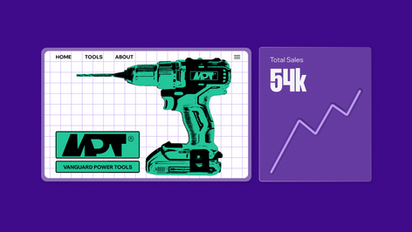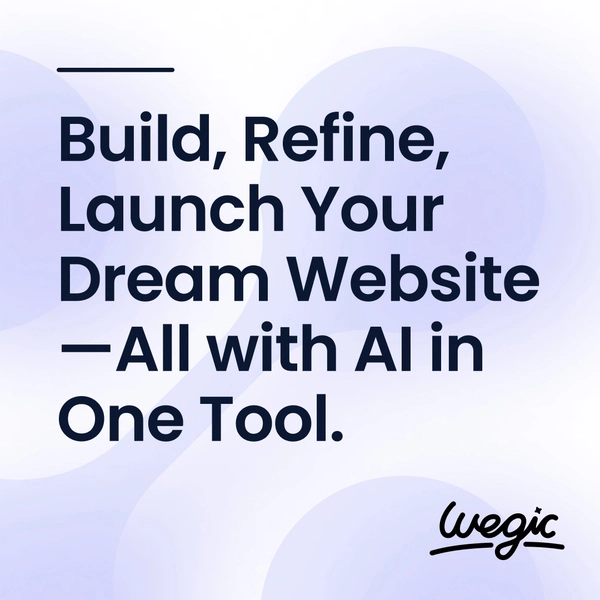A Beginner’s Guide to AI Tools for Connecting Google Sheets
How to AI Tools for Connecting Google Sheets
AI Tools for Connecting Google Sheets
In today’s digital age, having a website is essential for any business or individual looking to establish an online presence. Thankfully, there are a variety of platforms available that make building a website easier than ever before. Whether you’re a beginner looking to create a simple personal site or an experienced developer looking to build a complex e-commerce store, there are options for everyone. In this article, we’ll explore some of the best sites for building a website.

AI Tools for Connecting Google Sheets
AI Tools for Connecting Google Sheets
A random website generator is a tool that randomly selects a website for you to visit. It can be a great way to discover new and exciting content that you may not have come across otherwise. These generators can be found online, and with just a click of a button, you can be taken to a new website in seconds.
One of the main benefits of using a random website generator is the element of surprise. You never know what website you will be directed to, which can make the experience exciting and fun. It can also help break you out of your online routine and expose you to new ideas and information.
Another benefit of using a random website generator is that it can help you broaden your horizons. By exploring websites that you may not have found on your own, you can discover new interests and hobbies. This can lead to a more diverse online experience and help you expand your knowledge and understanding of different topics.
Random website generators can also be a great tool for procrastination. If you find yourself stuck in a rut or bored of your usual online activities, a random website generator can provide a welcome distraction. It can help you pass the time and entertain you with a variety of different websites to explore.
Using a random website generator can also be a great way to support smaller, lesser-known websites. By randomly selecting websites to visit, you may come across hidden gems that deserve more recognition. This can help smaller websites gain exposure and build a larger audience.
While random website generators can be a fun and useful tool, it is important to use them with caution. Some websites may contain inappropriate or harmful content, so it is important to be mindful of the websites you visit. It is also a good idea to have a reliable antivirus software installed on your device to protect yourself from potential threats.
In today’s digital age, having a visually appealing and user-friendly website is crucial for the success of any business. A well-designed website can help attract new customers, build credibility, and increase conversion rates. However, designing a website is not as simple as it may seem. It requires a strategic and systematic approach to ensure that the final product meets the needs and expectations of both the business and its target audience. In this article, we will discuss the website design process in detail, outlining the key steps involved in creating a successful website.
Step 1: Define the Purpose and Goals
The first step in the website design process is to clearly define the purpose and goals of the website. This involves identifying the target audience, understanding their needs and preferences, and determining the desired outcomes for the website. For example, is the website meant to generate leads, drive sales, provide information, or showcase products and services? By having a clear understanding of the purpose and goals of the website, you can better tailor the design and content to meet these objectives.
Step 2: Conduct Research
Once the purpose and goals of the website have been defined, the next step is to conduct research. This involves analyzing the competition, researching industry trends, and gathering insights into the preferences and behaviors of the target audience. By conducting thorough research, you can gain a better understanding of what works and what doesn’t in your industry, helping you make informed design decisions.
Step 3: Create a Wireframe
After conducting research, the next step in the website design process is to create a wireframe. A wireframe is a visual representation of the layout and structure of the website, showing the placement of various elements such as navigation menus, headers, footers, and content sections. Creating a wireframe allows you to plan the overall design and functionality of the website before moving on to the visual design phase.
Step 4: Design the Visual Elements
Once the wireframe has been finalized, the next step is to design the visual elements of the website. This involves creating a visually appealing and consistent design that reflects the brand identity and resonates with the target audience. Elements such as color scheme, typography, imagery, and layout are carefully considered to create a cohesive and attractive design that conveys the desired message and engages users.
Step 5: Develop the Website
After the visual design has been approved, the next step is to develop the website. This involves coding the design into a functioning website using HTML, CSS, and other programming languages. During the development phase, the website is tested for functionality, responsiveness, and compatibility across different devices and browsers to ensure a seamless user experience.
Step 6: Test and Optimize
Once the website has been developed, it is essential to test and optimize its performance. This involves conducting usability tests to identify any usability issues, testing load times to ensure fast page speeds, and optimizing the website for search engines to improve visibility and accessibility. By testing and optimizing the website, you can ensure that it meets the needs and expectations of users, leading to better engagement and conversions.
Step 7: Launch and Monitor
The final step in the website design process is to launch the website and monitor its performance. This involves deploying the website to a live server, promoting it to the target audience, and tracking key metrics such as traffic, engagement, and conversions. By monitoring the performance of the website, you can identify areas for improvement and make informed decisions to optimize its effectiveness over time.

Quick AI Tools for Connecting Google Sheets Guide
AI Tools for Connecting Google Sheets
In conclusion, when comparing web hosting providers, it’s important to consider factors such as uptime, performance, security, scalability, and customer support. By carefully evaluating your hosting needs and comparing different providers, you can find the best web hosting solution for your website. Whether you are looking for a budget-friendly shared hosting plan or a high-performance dedicated server, there are plenty of options available to suit your needs. Remember to do thorough research, read reviews, and reach out to customer support if you have any questions before making your decision.



